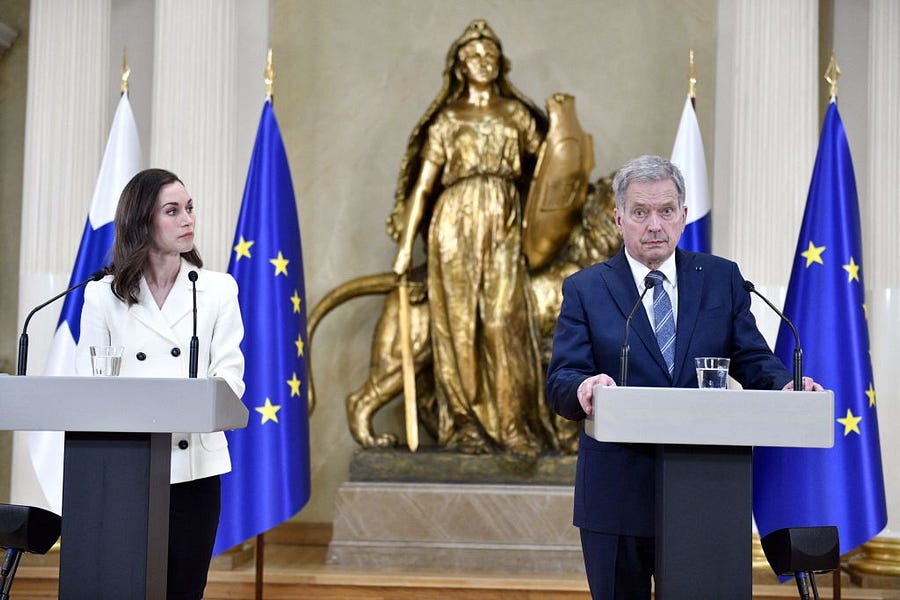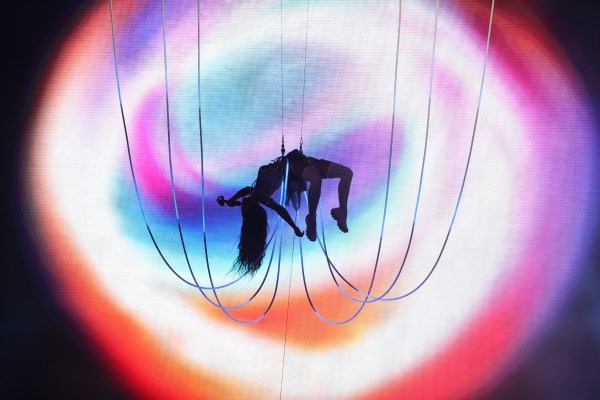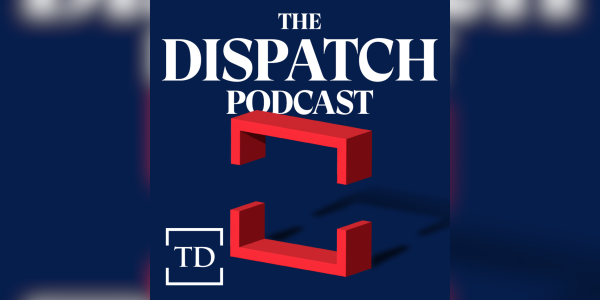One of the big political/strategic changes that Vladimir Putin’s expanded invasion of Ukraine has wrought has been rapid applications for NATO membership from Finland and Sweden. To get some informed opinion about this likely big expansion of NATO, I interviewed professor Dr. Stefan Forss. He is a highly respected Finnish expert on defense and security and the author of several publications and monographs, most recently the chapters “No Longer a Junior Partner” in the book Defence and Security—Festschrift in Honour of Tomas Ries, “Russia’s Victim Narrative” and “Russian Nuclear Policy, Doctrine and Strategy” in Russia’s Military Strategy and Doctrine, Howard and Czekaj eds. (Jamestown Foundation, 2019), and “Deterrence in The Nordic-Baltic Region: The Role of the Nordic Countries Together with the U.S. Army” (U.S. Army War College Press, 2019) He has also written two screenplays for films about Finland’s fights against the USSR, Beyond the Front Line (2004) and 1944: The Final Defense (2007).
Andrew Fink: Finland is a robust democracy and a solid ally of the U.S., U.K., and other major NATO countries, generally considered to be “Western European” even though it is one of the easternmost countries in the EU. Why isn’t Finland already part of NATO?
Dr. Stefan Forss: Mostly because of inertia. There was no political appetite in Finland to join NATO in the 1990s. The focus was on being an active participant in the European Union’s Common Security and Defense Policy (CSDP) ever since its establishment in the 1990s.
Keep in mind that Finland fought hard to be recognized as a neutral country during the Cold War. Despite the Treaty of Friendship, Cooperation and Mutual Assistance (FCMA) between Finland and the Soviet Union in 1948, Finnish neutrality was acknowledged in the West, but it was only in 1989 that Soviet President Mikhail Gorbachev acknowledged Finland as a neutral country. After so many decades, Finns experienced sort of a sigh of relief. At last!
Russia has continued to refer to Finland as neutral ever since, and unfortunately the term neutrality stuck firmly in most of the West, too. Unlike Sweden, neutrality never was an end in itself for Finland, which steadily inched itself westward. Neutrality finally became history in 1995 when Finland joined the European Union.
Most Finns didn’t look favorably at alliances like NATO and the former Warsaw Pact during the 1990s. These were regarded more like Cold War relics obstructing peaceful cooperation and progress as the war scare was gone and a new era had dawned. NATO interventions in the Balkan wars in the 1990s, particularly the massive air campaign against Serbia in 1999, didn’t increase support for Finnish NATO membership. On the other hand, Finland was not alone in this regard: In fact, none of the Cold War neutrals in Europe had applied for NATO membership until 2022.
More than half of the Finnish population resisted NATO membership almost until Russia began its full-scale war against Ukraine in February. Then things changed rapidly.
Sauli Niinistö, the president of Finland, was long ambivalent and settled for a solution where Finland sat on the fence with an option to apply for NATO membership if the security environment changed for the worse. There were probably several reasons for this. Given that Russia’s opposition to NATO enlargement was well-known, there was a real need to weigh the pros and cons. One serious factor was that the Atlantic alliance was not in very good shape as a military security provider. Reversing the transition of NATO back to an efficient territorial defense organization from its current crisis management mode hasn’t even started in earnest yet. What would Finland gain from joining NATO, Finns wondered? Too little compared with the anticipated possible harsh reactions from Russia. Finland, therefore, embarked on a road of increasingly close defense cooperation and partnership with the United States, Sweden, and NATO, the idea being that common interests would in the end substitute for formal security guarantees, should the security environment turn sour.
Andrew: How was the Finnish decision to join NATO made? Was there much of a debate?
Forss: NATO membership has been debated in Finland since the early 1990s. Well-known international security and defense policy analyst Dr. Tomas Ries made a thorough evaluation of the issue at the Finnish NDU’s Department of Strategic and Defence Studies in November 1999. His report was groundbreaking and has since been followed by other similar documents, the most recent one being The Effects of Finland’s Possible NATO Membership (2016), written by a team led by French heavyweight scholar François Heisbourg.
A lack of popular support to join the alliance has been one of the main reasons why Finland isn’t a NATO member yet. Finnish political leaders also firmly believed that they could manage to develop and maintain workable relations with post-Soviet Russia. President Martti Ahtisaari endorsed Finnish NATO membership only after his term as president expired in 2000. His successor, Tarja Halonen, was a committed opponent to NATO membership during her 12 years as president. These were years of wasted opportunities, many now think.
When Russia launched its offensive on February 24, Finnish leaders understood instantly that their decades-long Russia policy had reached a dead end. It also became evident that common interests alone would not suffice to secure Finland. Only NATO alliance membership and security guarantees would suffice.
Public opinion had already begun to tilt over in favor of NATO membership and the parliamentary process to apply for NATO was swift. The government rapidly produced a new white paper (The Government report on changes in the security environment), which was thoroughly debated in parliamentary committees and in full. With the backing of 80 percent of Finns in favor of NATO membership, the Parliament voted on May 17 with 188 deputies for and eight against the proposal of the Finnish government to apply for NATO membership. The requests of Finland and Sweden for alliance membership were handed over to NATO Secretary General Jens Stoltenberg the following day.
Andrew: Is there any remaining Finnish political opposition to joining NATO?
Forss: Not really. Only the most ardent loud-mouthed pathetic “Putin Verstehers” [Note: This neologism “Putin Versteher” is a tongue-in-cheek description of the kind of leaders and analysts who think they *really* understand Putin, and that his actions are rational and that we can get along with him.] The parliamentary vote was very telling. Finland has a reputation of closing ranks in times of danger and possible existential threats to the country. For many it was a surprise that the ranks closed again so quickly after decades of slumber, and quite remarkably, because of pressure built up from the grassroots. The change was popular; no governmental steering was needed.
Andrew: What does Finland bring to the table? Why should other NATO countries be excited about Finland joining?
Forss: Finland shares the same liberal democratic values as NATO. Finland is a reliable partner and will carry its share of burden and honor its obligations. Finland will not be a free rider and has no illusions about who will defend Finnish territory. Geography is a constant that we cannot change, but as an alliance member Finland will continue not to be a threat to Russia, just like Norway is. The often-mentioned 1,300 kilometer (800 mile) long border between Finland and Russia is mostly a kingdom of bears and wolves. There are two specific areas of Russian primary security interests abutting Finland: the Kola Peninsula in the north and the St. Petersburg area in the south. Neither Finland nor NATO or the U.S. have any interest in increasing tensions there. President Putin’s reaction to Finland’s and Sweden’s membership request was calm.
Finland is one of the rather few European countries that took defense seriously when almost everybody else dismantled their territorial defense capabilities after the end of the Cold War. Former U.S. Secretary of Defense General Jim Mattis and former Finnish Minister of Defense Jussi Niinistö wrote the following in the Finnish paper the Suomen Kuvalehti weekly on October 22, 2021:
“According to many international estimates, Finland is militarily the strongest Nordic nation. Due to its military capability, Finland is a sought-after partner. The United States has assessed that it is ready to release to Finland such defense materiel and technological knowledge that it has previously released only to its closest allies, such as Australia. With the state-of-the-art technology, the credibility of Finland’s defense has been significantly strengthened.”
Finnish and Swedish NATO membership will strengthen peace and security in the whole Nordic-Baltic region. For the first time since WWII the prospects for dealing with security dangers comprehensively and pragmatically are at hand.
Andrew: Can Russia stop Finland’s NATO accession?
Forss: No. Russia will not have veto powers regarding NATO’s policies or decisions. Russia has, however, perhaps achieved one partial goal. When the accession process in limbo, the earlier Finnish policy of sitting on the fence seems to have yielded the most dreaded result: that the request for membership may be rejected or significantly postponed. Russia certainly is pleased that the planned swift NATO accession process is blocked.
Fortunately, however, for Finland the situation is not that bad. There is overwhelming support among NATO membership for Finnish and Swedish membership. Of particular importance is the support of the USA and U.K., the countries with significant military clout. The unanimous vote in the U.S. Senate Foreign Relations Committee on June 9 was very welcome and the full Senate is expected to vote before the summer recess, not unanimously but with a very big majority in favor of Finnish and Swedish NATO membership.
Finnish defense chief Gen. Timo Kivinen has repeatedly pointed out that there are no signs of present Russian military threats against Finland. The Finnish Defense Forces readiness is good, and exercise and training activities have been increased with the aim of having a NATO presence in the country on a continual basis for as long as it takes.
Finland decided to purchase 64 F-35 Lightning II multipurpose fighters in December 2021, the biggest single military buy in Finnish post-war history. The first planes will be delivered in 2025 but kept in the U.S., where Finnish pilots will be trained until 2026 when the first planes will be flown to Finland and will be integrated in the Finnish Air Force. Full transition to a F-35 fleet will be finished in 2030.
In addition, the Finnish government boosted the FDF budget further, which facilitates acquisition of equipment and ammunition for systems already in use. Thereby the Finnish defense spending already has reached the NATO goal of 2 percent of GDP.
The unexpected obstacles raised by Turkey for Finnish accession to NATO are a nuisance, but not much more. Finland stays calmly on its course and is ready for whatever may come.
Andrew: And what about Turkey? Why is Turkey apparently disagreeing with Finland’s membership?
Forss: I’m no Turkey expert and have to refer to other authoritative sources. President Niinistö has pointed out that the Turkish misgivings concerning Finland are baseless, as there are hardly any issues of dispute between Finland and Turkey. “Finland takes the fight against terrorism seriously,” he wrote in his blog on June 1. At present there is not much Finland can do. Finland couldn’t possibly yield to Turkish demands, which are contrary to NATO rules and values.
Andrew: In general, how is the Finnish defense community viewing Putin’s invasion of Ukraine? Do they believe Ukraine can prevail?
Forss: My impression is that the Finnish defense community has been equally surprised by Ukraine’s performance as most other observers. The basic assumption was that Ukraine may put up a hard resistance but, in the end, it would not prevail because of the overwhelming Russian advantage of equipment and expected performance of the Russian army. The inferior Russian operational leadership, catastrophic losses, and no signs of real joint operations have no doubt been a surprise.
Now that the war has taken the shape of a war of attrition, the Finnish defense community believes like most others that the war will not end soon but will go on for quite some time, perhaps years. Ukraine will need support to be able to prevail.
The position of the Finnish government is clear. Ukraine must prevail and those responsible for starting this war of genocide and atrocities must be held responsible.






Please note that we at The Dispatch hold ourselves, our work, and our commenters to a higher standard than other places on the internet. We welcome comments that foster genuine debate or discussion—including comments critical of us or our work—but responses that include ad hominem attacks on fellow Dispatch members or are intended to stoke fear and anger may be moderated.
With your membership, you only have the ability to comment on The Morning Dispatch articles. Consider upgrading to join the conversation everywhere.